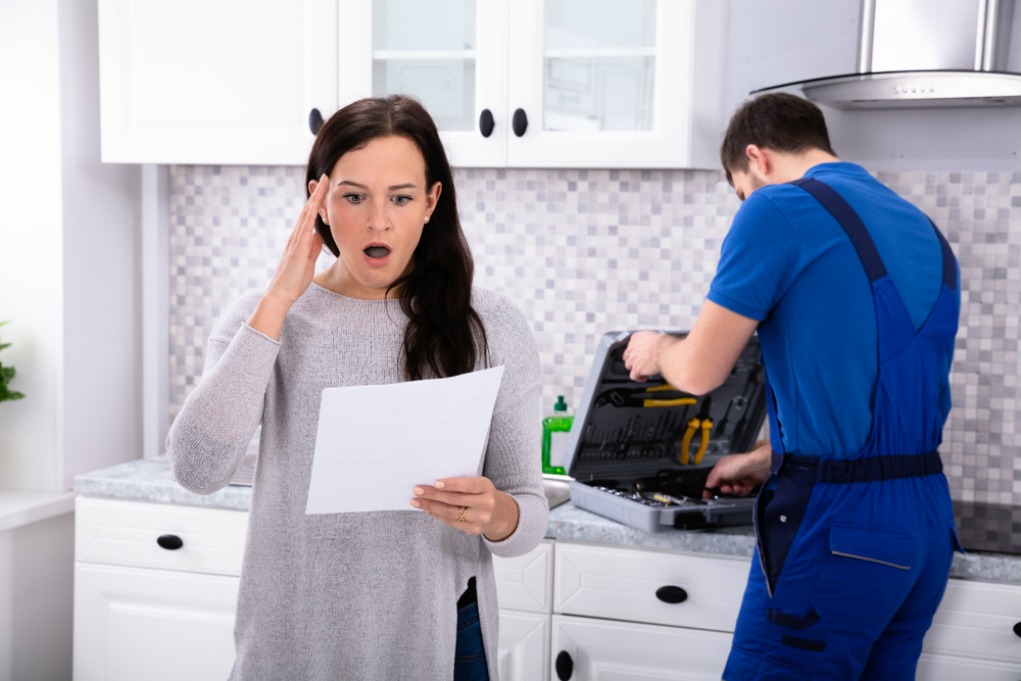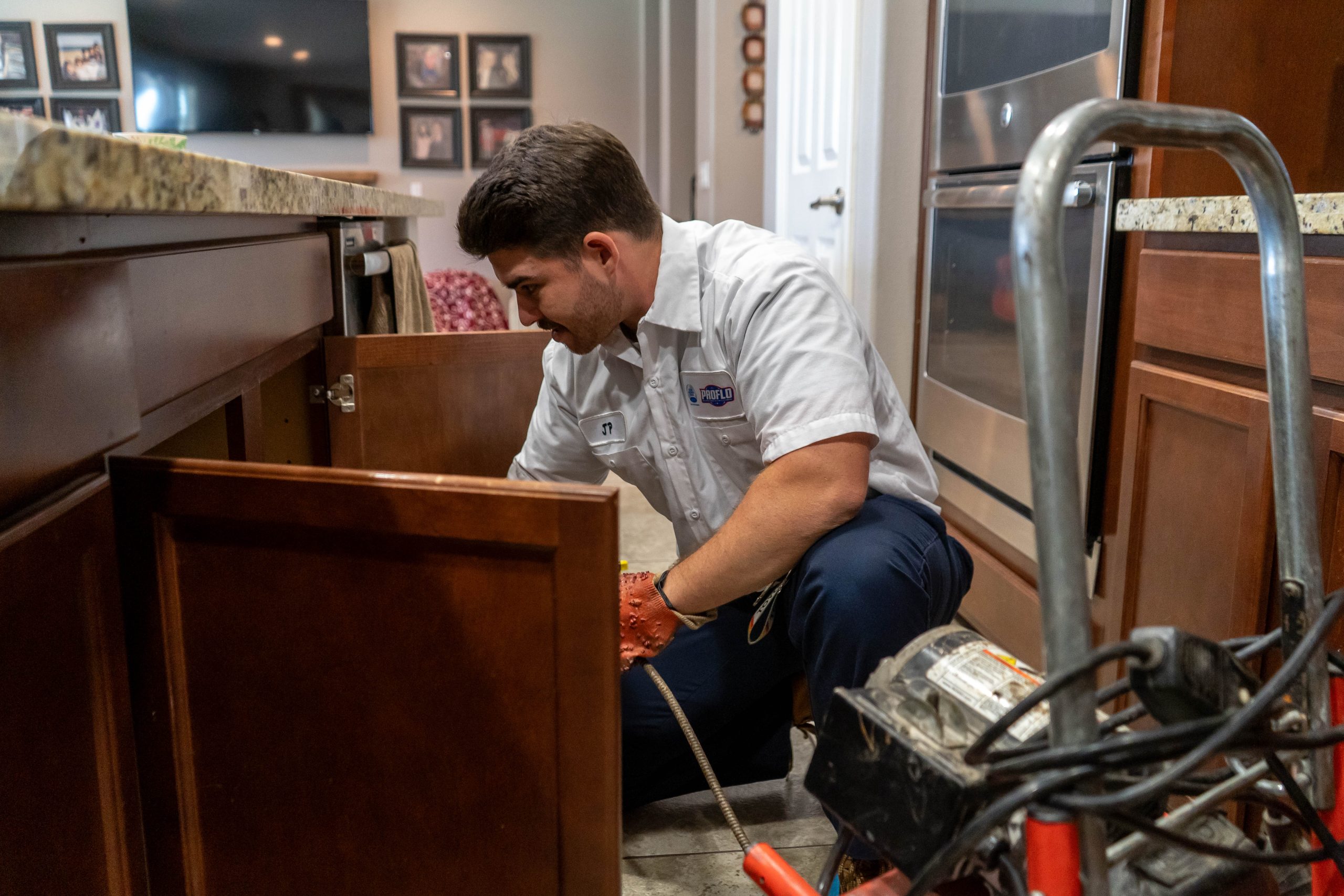What're your ideas concerning Common Plumbing Challenges In Old Buildings?

Older homes often feature appeal, character, and background, but they can likewise bring a host of pipes concerns. Whether you're taking care of maturing pipes, low water pressure, or leakages, understanding how to attend to these usual issues is essential to keeping a risk-free and functional home. In this guide, we'll check out the regular plumbing difficulties dealt with by older homes and supply functional options to keep your plumbing in top form.
Comprehending Common Pipes Problems
Aging Pipes
Among the most usual problems in older homes is maturing pipelines. Depending on the era in which your home was developed, the pipes might be made from products that have actually weakened over time, such as galvanized steel, cast iron, or perhaps lead. These products can corrode, come to be brittle, or develop leakages, causing water damage and potential carcinogen.
Low Tide Pressure
If you're experiencing low tide stress, maybe due to mineral deposits, rust inside the pipes, or old fixtures that are no more functioning efficiently. This can be a significant aggravation, especially in areas like showers and sinks.
Leaking Pipes
Leakages are one more regular issue in older homes, usually caused by corroded or worn-out pipelines. Also tiny leakages can result in significant water damage, mold growth, and enhanced water expenses otherwise addressed immediately.
Outdated Components
Obsolete plumbing components such as faucets, toilets, and showerheads not just look old however may likewise be less reliable, vulnerable to leaks, or inappropriate with modern plumbing criteria.
Pipe Corrosion
Corrosion is an usual problem in older pipelines, especially those made from galvanized steel or cast iron. Rusty pipelines can restrict water flow, cause staining, and at some point bring about leaks or pipe bursts.
Examining the Condition of Your Plumbing
Examining Noticeable Pipelines
Beginning by evaluating any kind of noticeable pipelines in your home, such as those in basements, crawl spaces, or under sinks. Search for signs of rust, leakages, or rust, which can indicate underlying concerns.
Looking for Leakages
Look for leaks by checking areas around faucets, bathrooms, and under sinks. You can likewise monitor your water meter before and after a period of no water make use of to identify surprise leaks.
Water Top Quality Screening
Older pipelines can impact the high quality of your water. Conduct a water quality examination to check for contaminants such as lead, corrosion, or other impurities that may be presented by aging pipelines.
Solutions for Typical Plumbing Concerns
Changing Aging Pipes
If your home has old, deteriorating pipelines, take into consideration changing them with contemporary products like copper or PEX. This can be a substantial financial investment, but it will certainly protect against future concerns and enhance the safety and integrity of your plumbing system.
Fixing Low Tide Pressure
To deal with low water stress, begin by cleaning or changing old fixtures and getting rid of mineral build-up in the pipelines. If the problem lingers, it might be necessary to change sections of corroded pipes.
Fixing and Changing Dripping Pipelines
For tiny leakages, you can make use of pipe clamps or epoxy putty as a temporary repair. However, it's ideal to replace dripping pipelines completely to avoid additional damage.
Updating Components
Upgrading old components to contemporary, water-efficient designs can boost your home's pipes efficiency and decrease water consumption. Search for fixtures with the WaterSense label for the best effectiveness.
Managing Pipe Rust
If your pipes are worn away, replacing them with corrosion-resistant materials like copper, PVC, or PEX is the best remedy. Routine assessments and water high quality maintenance can assist protect against better corrosion.
When to Call a Specialist
While some pipes problems can be taken care of with DIY services, there are times when it's ideal to call in a specialist. If you're dealing with significant leakages, considerable rust, or are uncertain regarding the problem of your pipes, an accredited plumbing can supply skilled evaluation and fixing.
Preventive Upkeep Tips
Routine Examinations
Regularly evaluate your plumbing system for signs of deterioration. Catching concerns early can protect against costly fixings down the line.
Water Pressure Guideline
Guarantee your water pressure is within the recommended array to stay clear of emphasizing your pipes and components. A plumbing professional can set up a stress regulator if needed.
Water High Quality Maintenance
Install water filters or conditioners if your water quality is poor. This can safeguard your pipelines and fixtures from damages brought on by difficult water or contaminants.
Proactive Pipeline Substitute
If your home has older pipelines, think about aggressive substitute before significant concerns emerge. This can save you from emergency repair work and water damage.
Verdict
Managing pipes problems in older homes requires a mix of alertness, preventative upkeep, and prompt upgrades. By comprehending the common challenges and recognizing when to seek professional help, you can guarantee your pipes system remains useful and trusted for several years to find.
Common Plumbing Issues in Older Homes and How to Fix Them
Owning an older home in Australia comes with its unique charm and a set of challenges, especially when it comes to plumbing. The Sunshine Coast has many older properties that can harbour plumbing problems that aren t just inconvenient but potentially costly. Here s a look at some common plumbing issues in older homes and expert advice on how to handle them.
Outdated Piping Materials
Many older homes were built with galvanised steel, cast iron, or even lead pipes, materials that are far from ideal by today s standards. Galvanised pipes are prone to corrosion and clogging, while lead pipes pose serious health risks.
How to Fix:
Replacing old pipes is a job for a professional. Upgrading to copper or PVC piping not only enhances water quality and flow but also increases the property s safety and value. If you suspect your home has outdated materials, a licensed plumber can conduct a thorough inspection and recommend the best course of action.
Corrosion and Pipe Degradation
Over time, exposure to water and minerals can cause pipes to corrode, leading to leaks, bursts, and water contamination. Corrosion is especially common in homes over 50 years old.
How to Fix:
Regular inspections can catch early signs of corrosion. If corrosion is found, the affected section of piping often needs to be replaced. For homes with extensive corrosion, a complete plumbing overhaul might be necessary. It s crucial to consult with a plumbing expert to understand the extent of the issue.
Tree Root Intrusion
Older neighbourhoods usually have mature trees whose roots can intrude into pipe lines, causing blockages or damage. This is particularly problematic for sewer lines, where roots seek out water sources.
How to Fix:
A plumber can use a specialised camera to inspect sewer lines for root intrusion. If roots are a problem, methods like root cutting or hydro-jetting can clear the obstruction. In severe cases, part of the pipe may need replacing. Consider root barriers around the piping to prevent future issues.
Inadequate Water Pressure
Low water pressure in older homes can be due to various factors, including corroded water lines, sediment build-up in pipes, or outdated fixtures.
How to Fix:
First, check if the low pressure is isolated to one area or throughout the house. Replacing old fixtures can sometimes resolve the issue. However, if the problem is more widespread, it might be due to sediment or corrosion. Flushing the system or replacing the affected pipes usually restores normal pressure. Again, a professional assessment is advisable.
Outdated Fixtures
Older homes often feature fixtures that are not only visually dated but functionally inefficient. This includes everything from toilets and taps to showerheads and washing machine hoses.
How to Fix:
Updating these fixtures can improve both water efficiency and the aesthetic appeal of your home. Modern fixtures are designed to conserve water, which can significantly reduce your water bill and lessen your environmental impact.
Conclusion
Maintaining the plumbing in an older home requires a proactive approach. Regular checks and updates are key to preserving these beautiful properties. If you re facing plumbing issues in your older home, it s best to call on experienced professionals like Green & Gold Plumbing & Gas. With the right expertise, even the most daunting plumbing problems can be resolved, ensuring that your home s character is maintained while its functionality is enhanced.
https://gandgplumbing.com.au/common-plumbing-issues-in-older-homes-and-how-to-fix-them/

I found that page on when perusing the search engines. If you appreciated our blog post kindly consider to pass it around. Thanks for your time. Please pay a visit to our website back soon.
Here